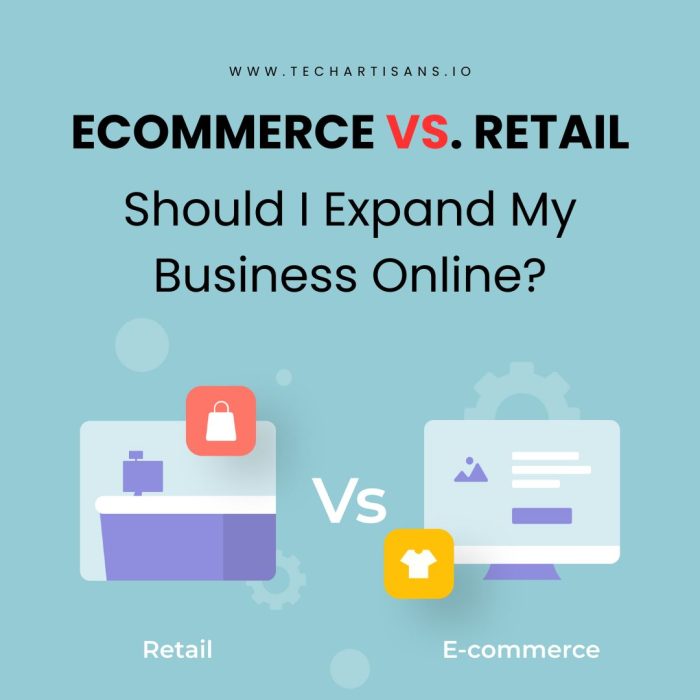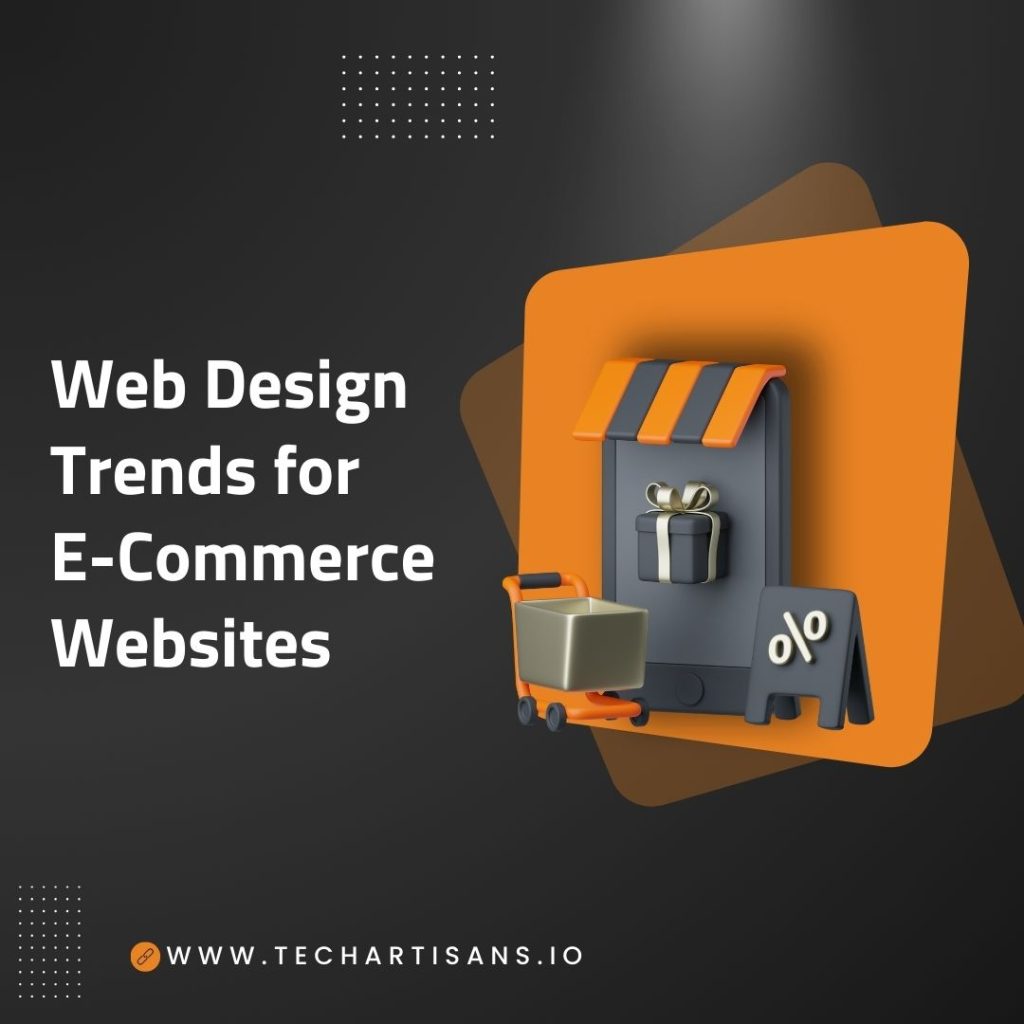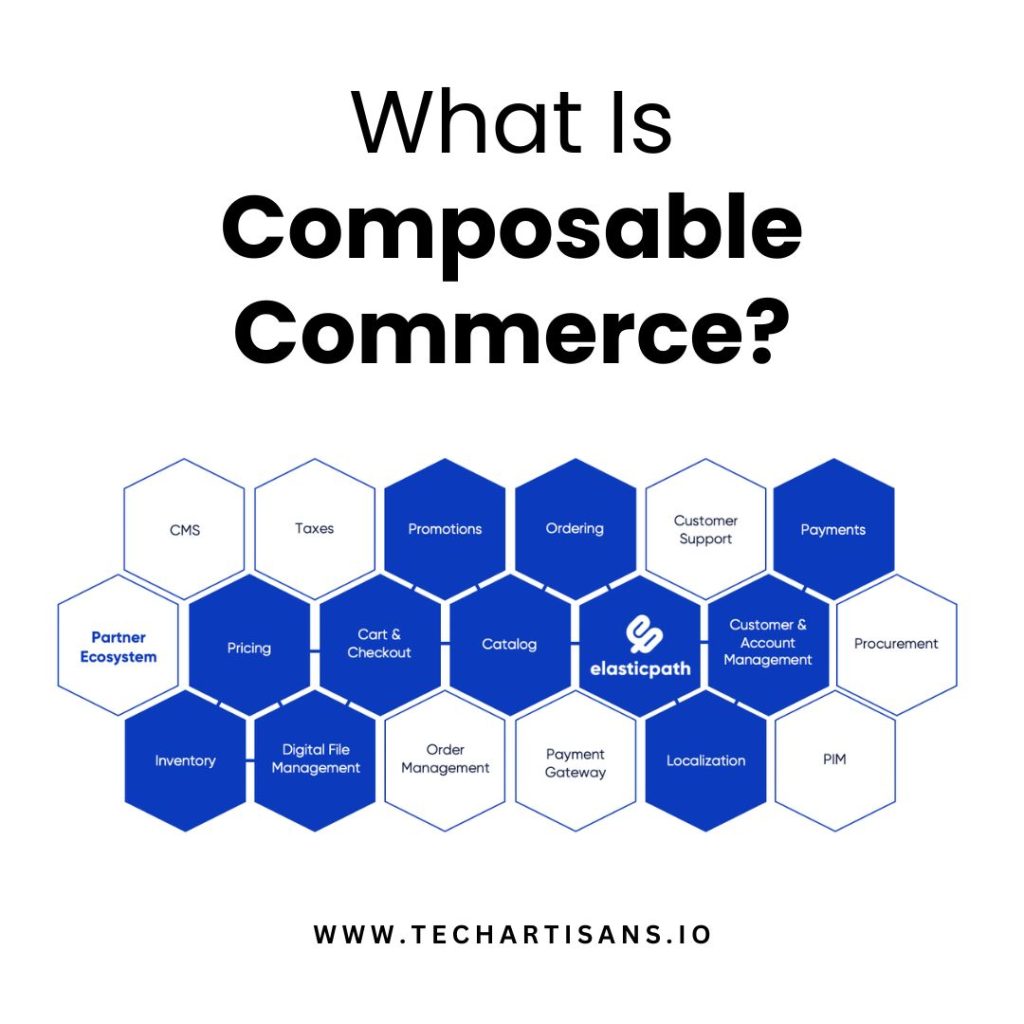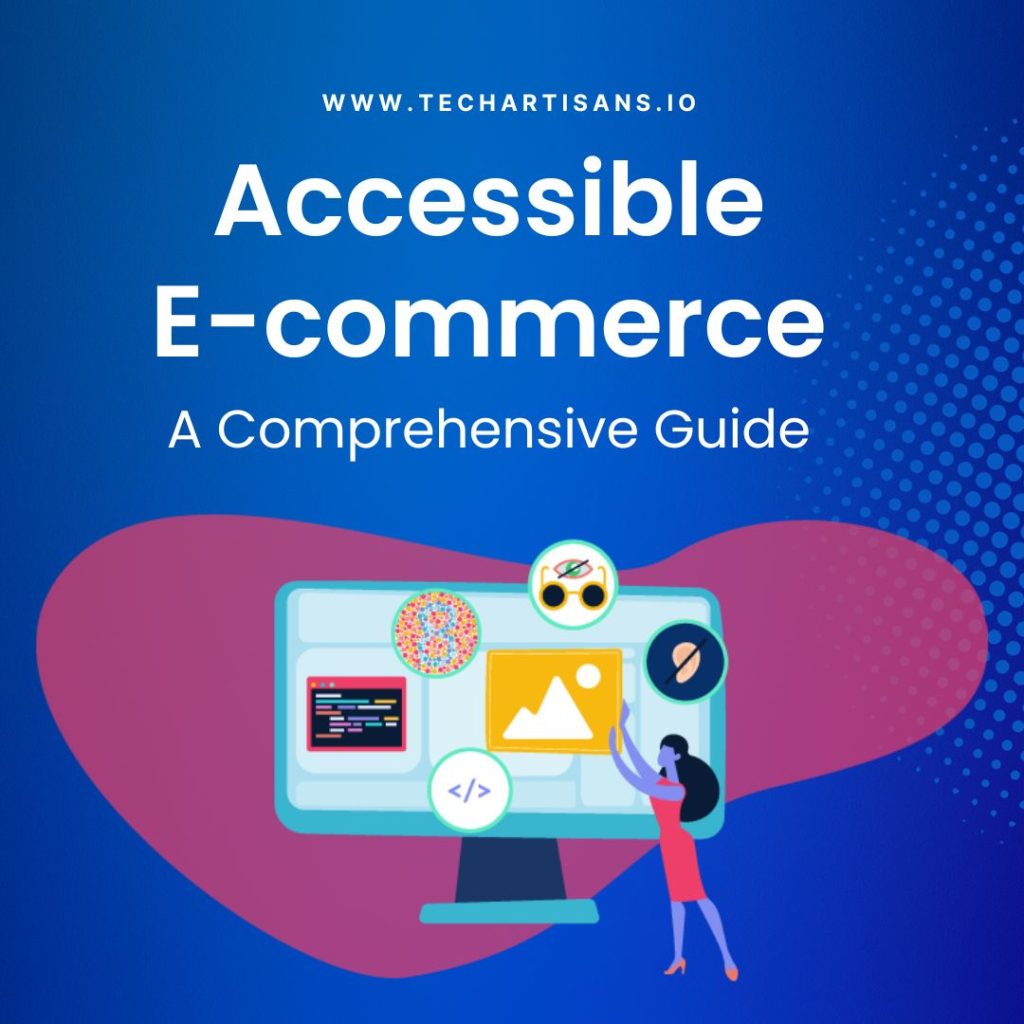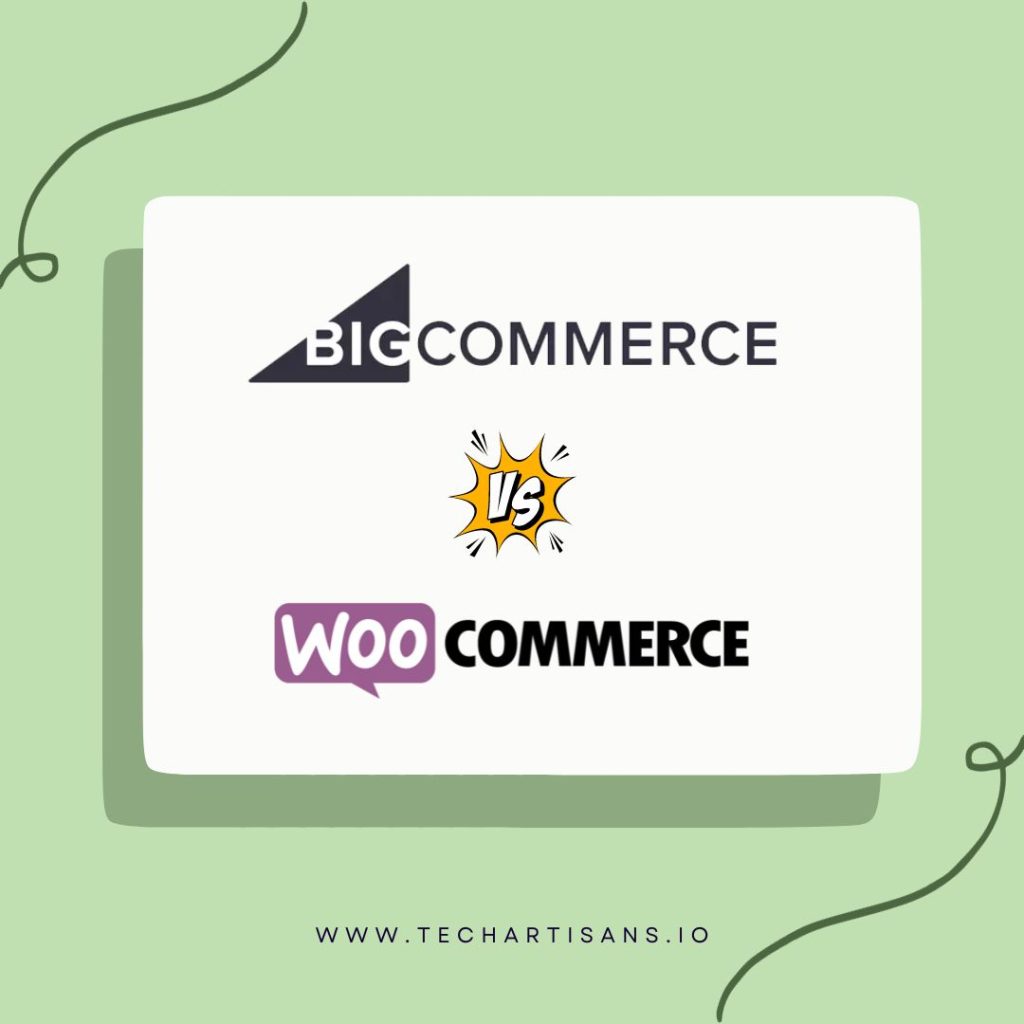In the age of digital transformation, the debate between retail Retail vs. E-commerce is gaining momentum. As a small to medium business owner, you might be contemplating whether to expand your business online or stick with traditional retail. This article will explore the pros and cons of both arenas, guiding you to make the best decision for your business growth.
Understanding the Basics
Before going into the pros and cons of retail vs e-commerce, it’s essential to understand the basics of each. Retail refers to traditional brick-and-mortar stores, while e-commerce involves conducting business online.
To deepen your understanding, consider reading our article on the differences between a blog and a website, which further elaborates on these fundamentals. where customers physically inspect and purchase products, while e-commerce is about conducting business online. Understanding these fundamentals will help you decide to expand your business online.
Differences in Operation and Interaction
Retail involves physical stores, inventory, and in-person service, while e-commerce relies on websites and online marketing. Retail offers a tactile, personal experience, while e-commerce provides virtual interaction and a broader product range. Both have their advantages in the retail vs. e-commerce debate.
Advantages of E-commerce
In the “E-commerce vs. Retail: Should I Expand My Business Online?” debate, e-commerce offers several key advantages.
Global Reach and Accessibility
E-commerce provides a global platform, breaking geographical barriers and enabling businesses to reach a global audience. To understand how this global reach can be effectively utilized, take a look at our guide on improving web performance, which is crucial for maintaining a fast and accessible website for users worldwide customers worldwide. Its 24/7 accessibility allows customers to shop conveniently, irrespective of time and location.
Lower Overhead Costs
E-commerce generally incurs lower overhead costs compared to traditional retail. For more insights on cost-effective digital strategies, check out our article on ecommerce vs. retail and whether to expand your business online. Without physical stores to maintain, rent, utilities, and in-person staff expenses can be significantly reduced, freeing up resources for other business growth strategies.
Flexibility in Business Operations
E-commerce provides flexibility in business operations, allowing quick adaptability to market trends and customer preferences. This digital platform enables businesses to modify their offerings, pricing, and marketing strategies in real time, ensuring they stay competitive and responsive to customer needs.
Enhanced Data Collection and Customer Insights
E-commerce platforms facilitate enhanced data collection, providing valuable customer insights. These platforms track and analyze consumer behavior, equipping businesses with critical data to efficiently tailor their offerings and strategize their marketing efforts. Learn more about leveraging customer data for your business in our detailed article on website conversion.
Strengths of Traditional Retail
In the “Retail vs. E-commerce” comparison, traditional retail has unique strengths that attract a significant customer base.
Tangible Product Experience
Traditional retail offers customers the advantage of physically examining products. For more on creating a memorable physical shopping experience, explore our discussion on the importance of website navigation in physical retail stores a tangible product experience, allowing them to physically touch, examine, and try products before purchasing. This in-person interaction often leads to more confident buying decisions and reduced return rates.
Immediate Purchase Satisfaction
Retail offers the advantage of immediate purchase satisfaction. Customers can walk away with their desired product the moment they buy it, eliminating the waiting period associated with online shopping and delivery.
Personalized Customer Service
Traditional retail offers personalized customer service, with staff available to assist, advise, and respond immediately to customer inquiries. This face-to-face interaction enhances the shopping experience and can foster a strong bond between businesses and their customers.
Challenges in Both Domains
When considering the choice between Retail and e-commerce, it is vital to comprehend the unique challenges that each model encounters.
Retail
Retail businesses face significant challenges, including high overhead costs, geographic limitations, and theft risk. Both shoplifting and employee theft pose a threat, particularly for small to medium enterprises. Overcoming these obstacles is crucial for the success of retail ventures.
E-commerce
The world of e-commerce faces challenges like intense competition and data security concerns. For strategies to stand out in a competitive digital market, read about the latest web design trends for e-commerce, and high return rates are common challenges. To succeed, businesses must distinguish themselves and establish a unique brand.
Read Avoid These 21 Common Ecommerce Mistakes
Omnichannel Approach
The omnichannel approach involves using both online and offline channels. To understand how to effectively integrate these channels, our article on the benefits of having a responsive website can provide valuable insights to give customers a smooth experience on different platforms. This strategy uses the best parts of both ways of selling things, giving customers more choices and helping businesses reach more people and work better.
Integrating Online and Offline Experiences
Integrating online and offline experiences is about creating a seamless customer journey across physical and digital platforms. It involves synchronizing inventory, pricing, and marketing efforts to provide a consistent and unified customer experience.
Benefits of a Unified Customer Journey
A unified customer journey offers a consistent experience across all sales channels, increasing customer satisfaction and loyalty. It also allows businesses to gather comprehensive data about customer behavior, leading to better personalization and more effective marketing strategies.
Steps to Transition to E-commerce
Transitioning to e-commerce seems like a big task, but the right approach can open up tremendous growth opportunities for small to medium businesses. Here are key steps to consider when shifting from traditional retail to e-commerce.
Conducting a Digital Reboot
A digital reboot requires reevaluating your business from a fresh, digital perspective. Transitioning to e-commerce requires rethinking business strategies. Our guide on how to develop a healthcare website offers insights into adapting traditional business models to the digital world. This involves rethinking business strategies, customer interactions, and revenue models to suit the online environment.
Importance of Online Testimonials
Online testimonials have significant power in the e-commerce landscape. They are valuable social proof, enhancing your brand’s credibility and trustworthiness. These portfolios often influence a shopper’s decision, as they provide insight into the experiences of prior customers and the quality of your products or services.
Offering Convenient Payment and Shipping Options
Offering diverse payment options on your e-commerce platform caters to customer preferences and ensures a smooth checkout. It’s crucial to include popular payment methods such as credit/debit cards, PayPal, and mobile payment options like Apple Pay.
Effective Email Marketing and Social Media Strategies
Effective email marketing strategies play a crucial role in e-commerce success. They help maintain customer engagement, promote special offers, and drive traffic to your site. Personalized emails that address customer needs and preferences can significantly boost conversion rates.
Real-life Success Stories
Here are some successful shift stories from traditional retail to e-commerce.
Success of Finisterre
UK brand Finisterre successfully shifted from retail to e-commerce by emphasizing sustainability on its website and using social media to engage customers. This digital integration expanded their reach and boosted sales, demonstrating the power of embracing e-commerce.
Walmart
Walmart’s success story in omnichannel retailing demonstrates the value of integrating online and offline retail. For more on this, read our case study on why responsive web design is important, which highlights the importance of adaptable web design in retail. Their ‘Buy Online, Pick up in Store’ service and unified inventory system boosted online sales without sacrificing in-store traffic, showcasing the value of a balanced approach.
Fenty Beauty
Fenty Beauty has achieved tremendous success in online sales by prioritizing digital channels to engage with customers. They leverage the power of online reviews, popular video bloggers, and celebrity endorsements to establish their brand as a global sensation, resulting in substantial sales. This remarkable accomplishment highlights the immense potential of a well-crafted digital strategy.
Decision-Making Considerations
When shifting from traditional retail to e-commerce or adopting an omnichannel approach, consider key factors that will shape your business strategy and impact your success in the ‘retail vs e-commerce landscape.
Business Model and Product Type
Your business model and product type are pivotal in deciding between retail and e-commerce. Perishable items might favor physical retail, while digital or niche products can thrive online. Evaluate these factors for your ‘retail vs e-commerce’ choice.
Startup Costs and ROI Assessment
Start-up costs and ROI are key in the retail vs e-commerce decision. E-commerce demands less upfront investment but involves website, security, and marketing expenses. ROI potential comes from wider reach and lower overhead. Balance costs and profits for your choice.
Customer Preferences and Shopping Behavior
Knowing customer preferences is key in the retail vs e-commerce decision. If they value online convenience, consider e-commerce. A physical store might be better for those seeking personal service and tactile experiences. Customize your strategy to exceed customer expectations.
Conclusion
In wrapping up the discussion on retail vs. e-commerce, it’s clear that the future lies in a blend of both. For further reading on evolving digital trends, our article on the future of SEO and coming trends offers a look into what’s next in the digital landscape.
It heavily relies on your business model and target audience. E-commerce offers extensive reach and round-the-clock accessibility, while retail provides a personal touch. The future is likely to involve a fusion of both approaches. Embrace change, carefully evaluate the advantages and disadvantages, and adapt to fully harness the potential of your venture.
FAQ Section
What are the Main Differences Between E-Commerce and Retail?
E-commerce refers to online business transactions, while retail refers to selling goods through physical stores. The primary difference lies in the sales platform and customer experience.
Is it Cheaper to Start an E-Commerce Business or a Physical Retail Store?
Typically, e-commerce businesses can lower startup costs by eliminating expenses such as rent and utilities. However, they incur website development, hosting, and digital marketing costs.
What are the Advantages of E-Commerce Over Traditional Retail?
E-commerce offers the ability to operate round-the-clock, reach a global audience, and leverage targeted digital marketing strategies. Additionally, the overhead costs are typically lower than a physical store.
Can E-Commerce and Retail Co-exist in a Single Business Model?
Absolutely. Many businesses are adopting an omnichannel approach, which integrates both online and offline sales channels to provide a seamless shopping experience for customers.
How Can I Decide Whether to Focus on E-Commerce, Retail, or Both?
This decision depends on your product type, business model, target audience, and resources. Understanding your customers’ shopping behaviors and preferences can also inform your decision.

